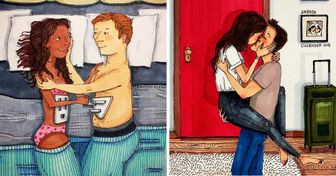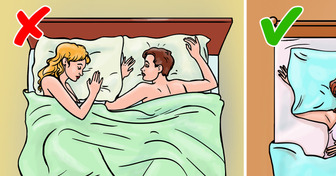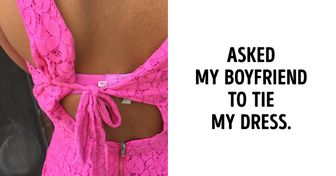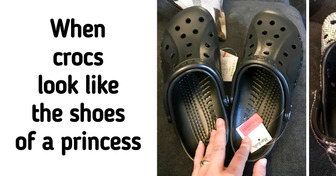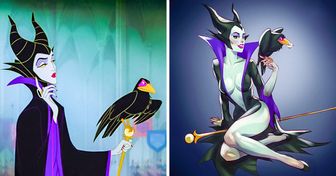8 Skin Warnings That Can Indicate a Serious Problem
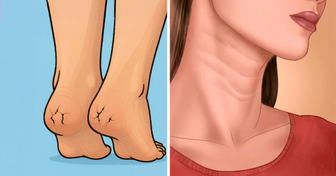
The ancient Egyptian civilization appreciated beauty and perfection so much that they were at the forefront of sophisticated cosmetics and beauty regimens. From makeup and hairstyling to manicures and dermatological treatments to postpone the effects of aging, they cared for everything. Many of the cosmetics used today in our beauty routines are, in fact, evolved versions of those utilized by the ancient Egyptians thousands of years ago.
Eye shadow was made by grinding minerals and mixing them with other ingredients, such as animal fat, to enhance adhesion and durability. They did not limit themselves to a limited range of colors, but rather developed a wide array of shades.
For dark tones, they employed substances such as charcoal or galena. Green hues were achieved through the pulverization of malachite. With copper oxide or ocher they obtained red, orange, and copper tones, while purple and its derivatives came from floral pigments.
Kohl is a fine, dark powder that’s applied on the eyelids to draw thick, black lines that accentuate the depth of the eye and impart a touch of mystery.
Originally made from a mineral called stibnite, it was initially worn by high-society women to show their status. However, due to its effectiveness as a sunscreen, it eventually became popular among both men and women of all social classes.
Coloring the cheeks to give the face a youthful and healthy appearance was a common practice among Egyptians, regardless of their gender or social status. The primary difference was that the wealthy could purchase their cosmetics from markets or directly from manufacturers, while those of lower socioeconomic status had to make their own at home.
They made blush from clay soil, which was rich in iron oxide. They washed and sieved it to separate the iron oxide particles from the grains of sand. After being dried in the sun, these particles became a fine, red powder that could be applied to the face using moistened wooden brushes.
The invention of lipstick is credited to the Sumerians, and the ancient Egyptians later adopted this custom from that civilization. Initially, it was only members of high society who applied ocher-based pigments to their lips to distinguish themselves from other social classes. Carmine red was Cleopatra’s favorite shade, and it was made from beetles and ants.
The use of lipstick quickly gained popularity, and the original formula was soon subject to modifications through the incorporation of ingredients such as fruits, henna, and other insects to create a wider range of pigments and shades. In addition to red, the most commonly used colors included orange, magenta, and navy blue.
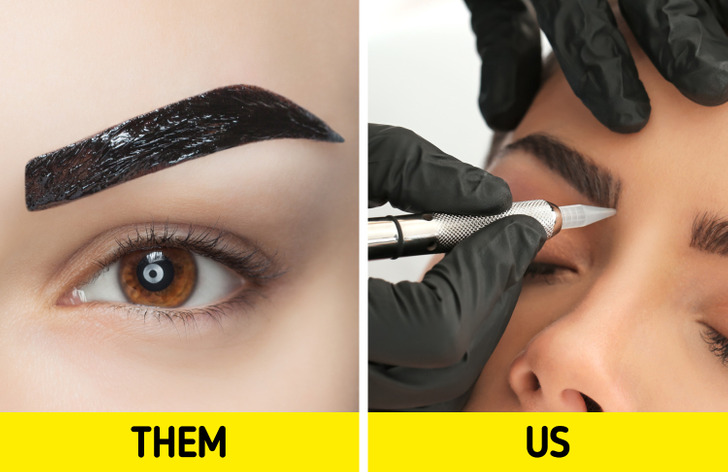
Henna, a natural dye extracted from the leaves of a shrub, was used in Ancient Egypt as a hair dye to enhance the color and shape of eyebrows, as nail polish, and for temporary decorative tattoos. When used pure, it had a reddish hue, so it was often mixed with other dyes to create a broader range of shades.
Henna remains a part of modern Egyptian beauty routines, particularly in the days leading up to a wedding, when henna parties are held as a kind of bachelorette party. These small gatherings are reserved for the bride, her friends, and female relatives, and involve dancing, conversation, and the application of temporary henna tattoos to the hands and feet.
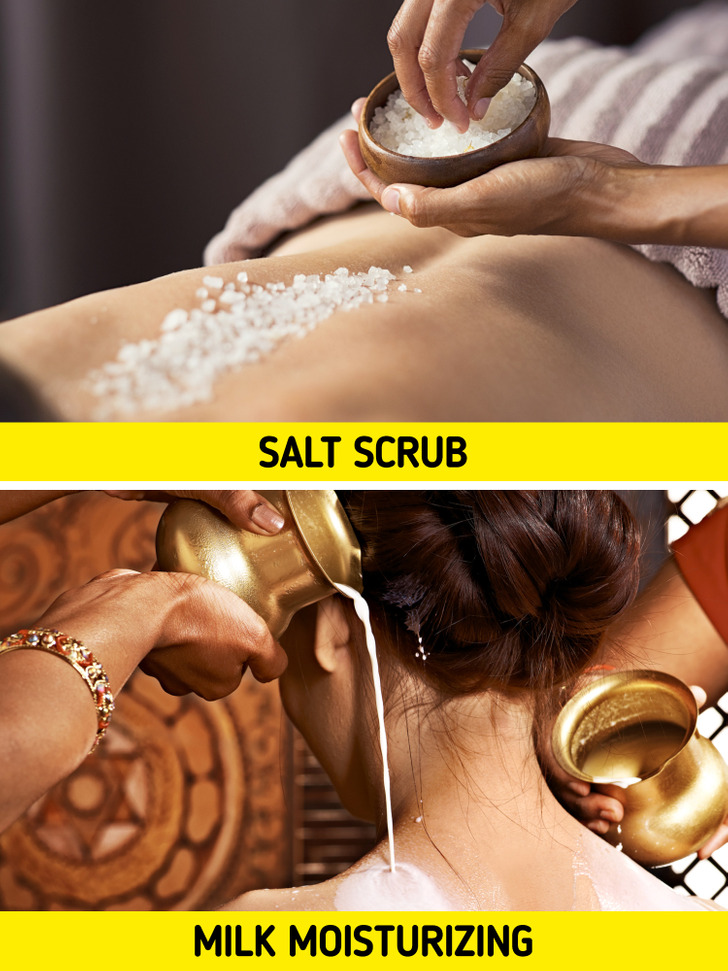
The ancient Egyptians knew full well about the damaging effects of heat, high temperatures, and desert dust and sand on the skin. This led them to develop various skincare routines to prevent premature aging. Royalty could afford luxury treatments such as sea salt scrubs and moisturizing baths using donkey milk.
Weekly treatments using milk and honey for deeper hydration could also be performed. As part of their daily routine, they would cleanse their skin, exfoliate it with sand, and moisturize it with a wide variety of natural oils like almond, moringa, or castor to maintain smooth, radiant, and youthful skin.
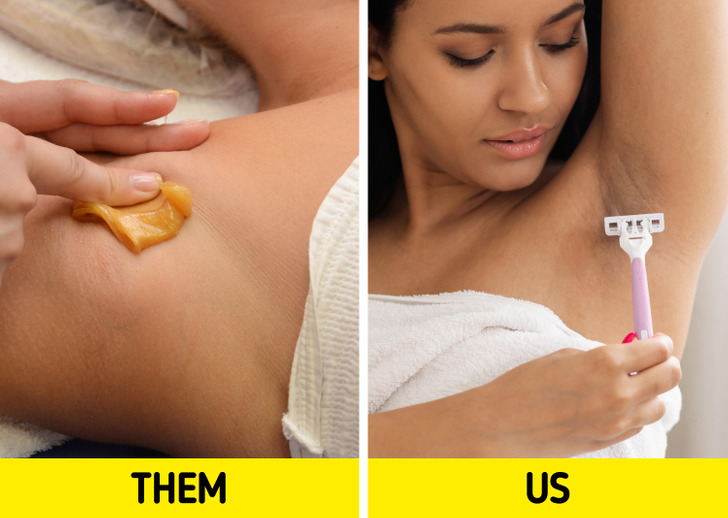
The ancient Egyptians had a highly developed sense of aesthetics, which is why it was common for both men and women to remove most of their body hair using a sticky homemade paste made of sugar, lemon, and water.
The mixture would stick to the hair and when removed, it would pull the hair out by the roots. This practice remains popular in Egypt today. But it is no longer necessary to make the product at home, as it is readily available in supermarkets and pharmacies at a very affordable price.
The ancient Egyptians also loved the use of pleasant, intoxicating scents for both their own enjoyment and their spiritual significance as offerings to the gods and protectors against malevolent energies. Royalty employed their perfumers, who were responsible for scenting every aspect of their lives.
Many would often have laboratory-type rooms in their palaces set aside specifically for the production of perfumes, essences, and incense. The method used to extract fragrances from plants and flowers was maceration. While several recipes have been discovered, there are no details for the exact elaboration process, since it was a trade secret passed down from perfumer to perfumer.
Lice were a widespread problem in ancient Egyptian society, leading many individuals to shave their heads entirely to avoid contracting these parasites. However, as a display of supremacy and status, members of the upper social class and royalty had a wide variety of wigs, natural hair extensions, and elaborate headdresses to adorn their heads.
Men were either bald or wore their hair short, while women’s hairstyles were indicative of their age and marital status. Adult women of childbearing age wore their hair long and loose, single young women would have ponytails, and the youngest girls sported braids. To maintain the health and strength of their hair, they utilized natural oils and combs made from fish bones or wood.
While beauty was of great importance to this civilization, makeup and cosmetology also had less superficial purposes. Treating ailments, protecting from the sun, averting the evil eye, or pleasing the gods were among the most popular ones.
Interestingly, even after death, beauty remained significant. When people died, in addition to their personal belongings, the makeup and cosmetics they had used regularly in life were also included in their tombs, so they could have them at their disposal in the afterlife.
Where are you reading us from? What beauty-related traditions do you have in your culture?

